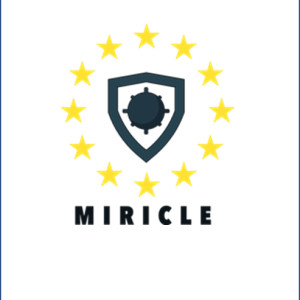 \
&
Contact us
\
&
Contact us
 \
&
Contact us
\
&
Contact us
Published on | 6 months ago
Programmes Health Culture and society Security Digital, Industry & Space Climate, Energy, Mobility Agro-Food, Environment MissionsThe Norwegian University of Science and Technology (NTNU) has compiled a set of brochures, showcasing what NTNU's researchers can bring to the table on the topic of the six clusters within pillar II of the Horizon Europe programme. A seperate brochure covers the expertise NTNU can bring in the context of the 5 EU Missions. Through a mapping exercise, NTNU has matched their reserachers' interests in the upcoming Horizon Europe calls, based on both their experience and the industry relations they can bring to the bid.
Interested to collaborate with NTNU? The NTNU Horizon Europe brochures are available here: Horizon Europe Mapping - NTNU
We offer news and event updates, covering all domains and topics of Horizon Europe, Digital Europe & EDF (and occasionally, for ongoing projects, Horizon 2020).
Stay informed about what matters to you.
By signing up, you can opt in for e-mail notifications and get access to
a personalised dashboard that groups all news updates and event announcements in your domain(s).
Only for stakeholders located in Flanders

The Miricle project, ‘Mine Risk Clearance for Europe’, obtained funding under the European Defence Industrial Development programme call ‘Underwater control contributing to resilience at sea’. The main objective of the project was to achieve a European and sovereign capacity in future mine warfare and create a path for the next generation ‘made in Europe’ countermeasure solutions. In order to realise this objective, Miricle addressed various stages: studies, design, prototyping and testing. These stages inter alia included the successful testing of an XL Unmanned Underwater Vehicle, a protototyped mine disposal system and multiple innovative systems to detect buried mines. Flanders Marine Institute (VLIZ), was one of the five Belgian partners in the consortium. Within the project, VLIZ was able to forward its research on the acoustic imaging of the seabed to spatially map and visualize buried structures and objects - in this case buried mines - in the highest possible detail. VLIZ also led the work on ‘Port and Offshore Testing’, building on the expertise of the institute in the field of marine operations and technology.